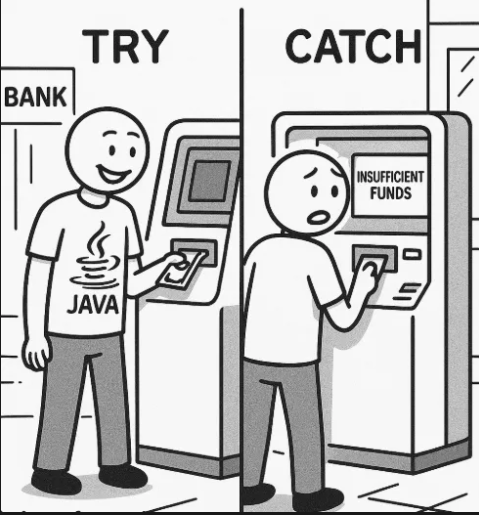Medium
1M
90

Image Credit: Medium
Exception Handling: From Java Basics to Implementation in Spring Boot — Part I
- Exception handling in Java involves understanding the basics of exceptions, their hierarchy, and how to handle them effectively.
- Exceptions are deviations from expected rules or instructions and signal when something goes wrong during application execution.
- Java's exception hierarchy starts with Throwable, branching into Exception and Error, with subclasses inheriting attributes and methods.
- Checked exceptions must be declared or handled, while unchecked exceptions are optional to manage.
- Catching specific exceptions is best practice for code quality, as handling generic exceptions is discouraged.
- Exception handling methods include try-catch blocks to handle potential errors and throws declarations to specify potential exceptions.
- Centralizing exception handling in Spring Boot is preferable for code cleanliness, scalability, and easier maintenance.
- Using the throw statement allows explicit throwing of exceptions, enabling customized error messages and handling.
- Creating custom exceptions by extending existing classes like Exception or RuntimeException provides better control in error messaging and handling.
- Understanding how to handle, declare, and throw exceptions is essential for effective error management in Java programming.
Read Full Article
5 Likes
For uninterrupted reading, download the app